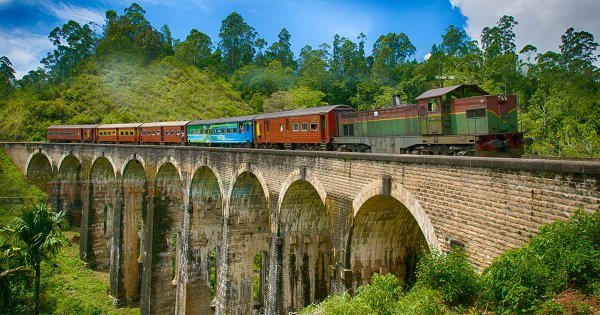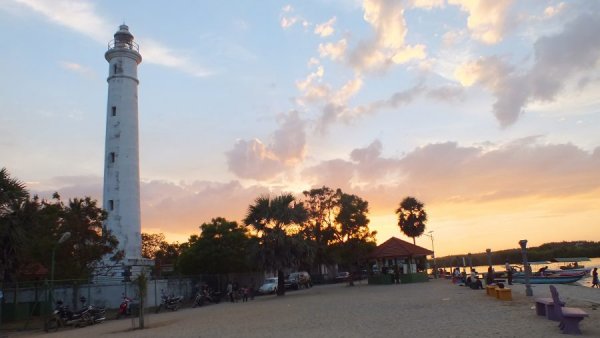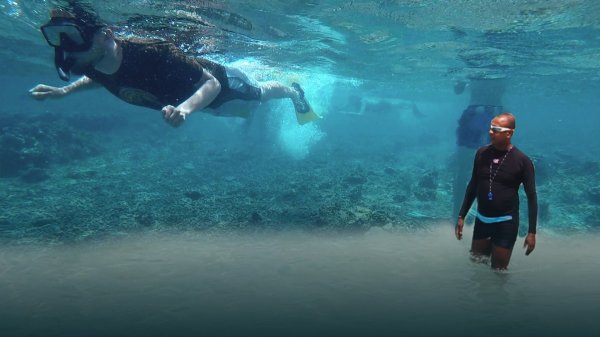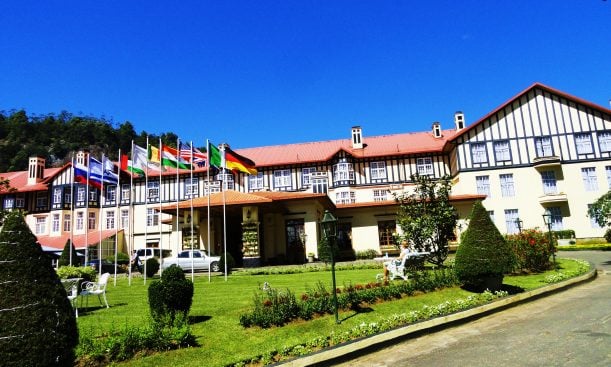
Sri Lanka has its fair share of quaint old buildings, both little and giant. From the Galle Fort, to the Cargills Building in Colombo, every one of these structures tends to be very much intertwined with the island’s history, its very presence now a throwback to a time gone by.
Among these treasures is the Grand Hotel in Nuwara Eliya. Originally built in the early 19th century as a holiday home for Sir Edward Barnes, the then Governor of Ceylon, this stately old building has managed to become almost synonymous with ‘Little England’.

Given its iconic status within the town, the Grand Hotel is a treasure trove of history, a supreme example of beautiful architecture, and a relic of a bygone era, all at the same time. We sought to explore some interesting facts about this mansion, which was originally intended to resemble a manor from the Elizabethan-era, beginning with:
The Grand Hotel Is Nearly 200 Years Old
The Grand Hotel came into being somewhere between 1824 and 1831. It was originally meant to be the private holiday home of Sir Edward Barnes, and was known as “Barnes Hall”. Sir Edward spent 8,000 pounds, probably a massive amount of money in those days, to build his new holiday home in the hills.
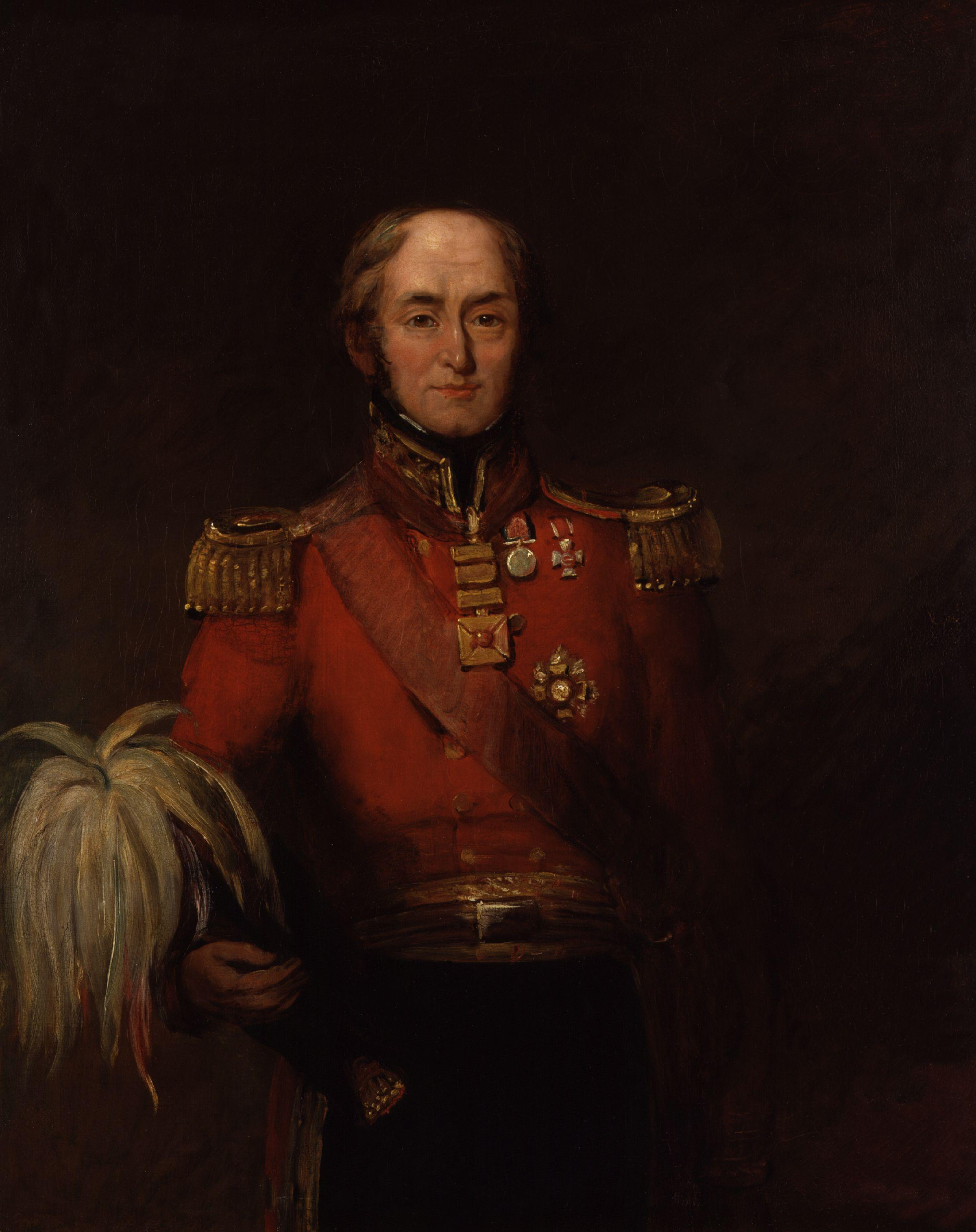
In 1891, the Nuwara Eliya Hotel Company acquired the property (which was still a single storied mansion back then), and continues to be its owner to this day. Undoubtedly a piece of Sri Lankan history, the hotel is now considered a ‘national heritage’ by the Department of Archaeology.
The Queen Once Spent Easter Sunday At ‘The Grand’

On Easter Sunday of 1954, Queen Elizabeth stopped by at the Grand Hotel to have a cuppa during her visit to the island.
However, the Queen is just one of many high profile guests who’ve set foot in the hotel over the years. Some of the other famous guests include Lord Mountbatten, Duc d’ Abruzzi (cousin of the Italian Sovereign), Leopold of Saxe-Coburg-Gotha (nephew of King Edward), the Grand Duke of Saxe-Weimar, Prince Reuss XXXII, the Maharaja of Kapurthala, and Sir Thomas Lipton.
Sri Lanka’s Oldest Billiard Tables
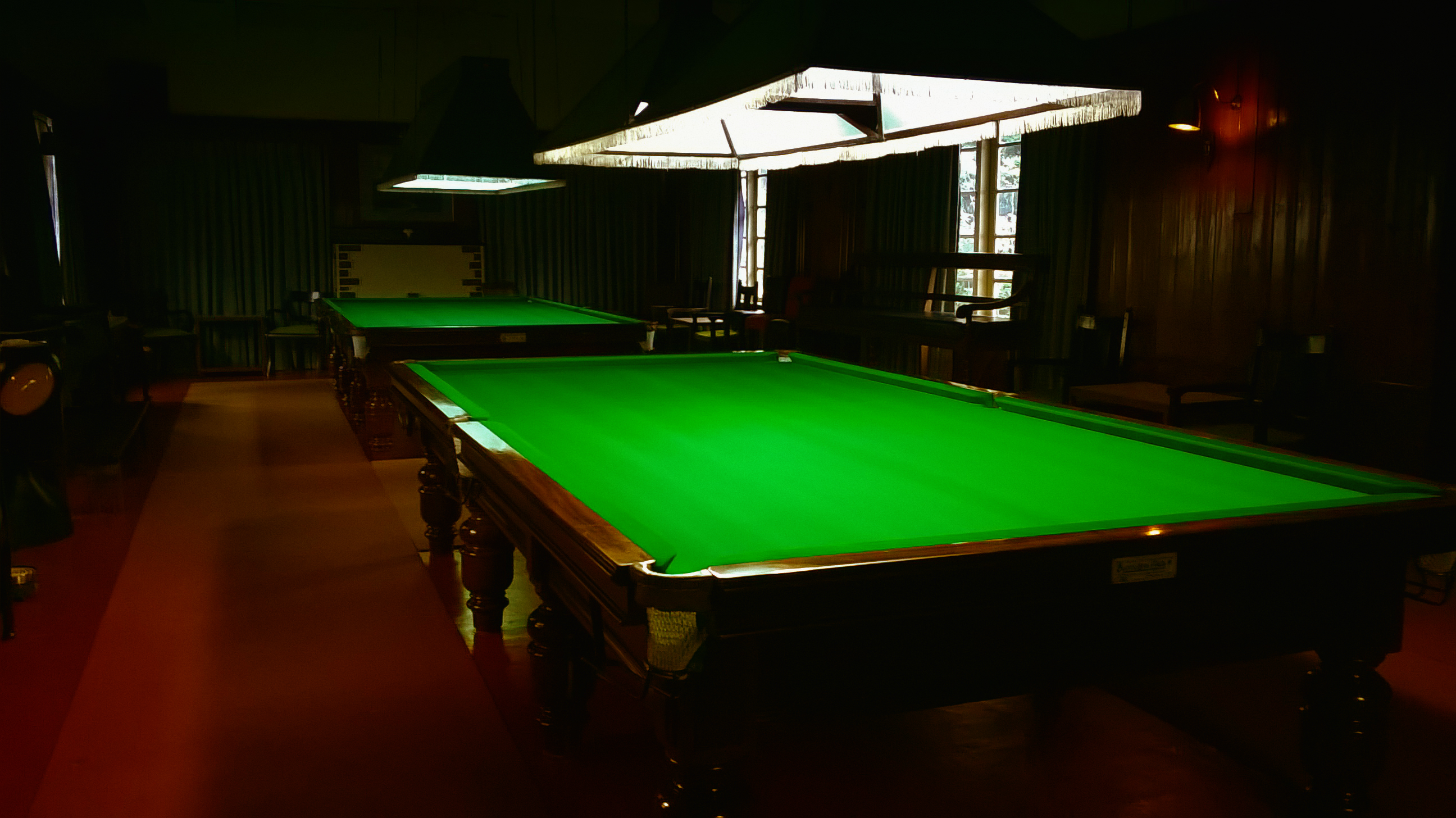
Yes, that’s right. Sri Lanka’s oldest billiard tables call the Grand Hotel their home. But just because these tables are old, doesn’t mean that they’re in poor shape. It’s actually the other way round. The management and the staff deserve a lot of credit for lovingly taking care of these tables and other accessories.
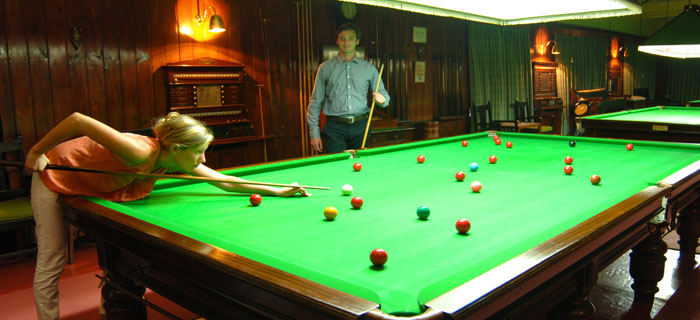
It Was Once The Hamptons Of Sri Lanka
In case you didn’t know, the Hamptons are a group of villages which form a seaside resort in New York. It is known to be the favourite summer retreat among the most affluent citizens of the Big Apple. In the 1920s and ‘30s, the Grand too played a somewhat similar role in Ceylon, as Sri Lanka was known back then.

From the 2014 Annual Report of the Hotel:
“In the 1920s and 1930s the Grand became the centre of the season’s social activities for visitors from Colombo. Golf (the course runs close to the Hotel) was the main sport although cricket, polo, hockey, croquet and lawn tennis were also played and there was hunting too. “Red deer, leopards and wild boar and birds of many varieties are plentiful” according to a 1929 guide book. Mr. S.A.W. “Sam” Mottau, who came to Nuwara Eliya in the 1920s and settled there in 1943, recalls annual race meets, police sports meets, gymkhanas, horse, dog and flower shows, clay pigeon shoots and above all, the Governor’s State Ball.”
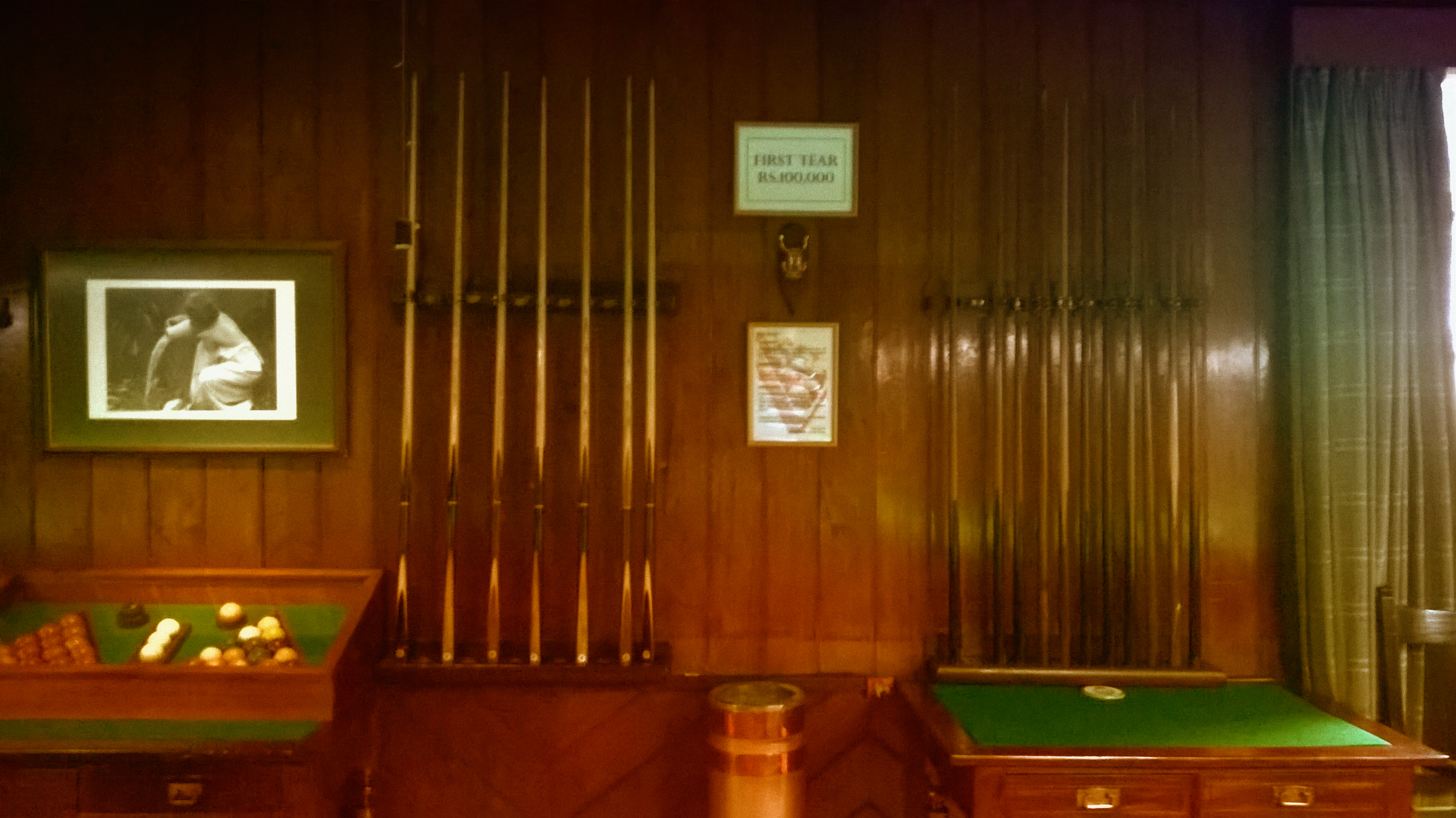
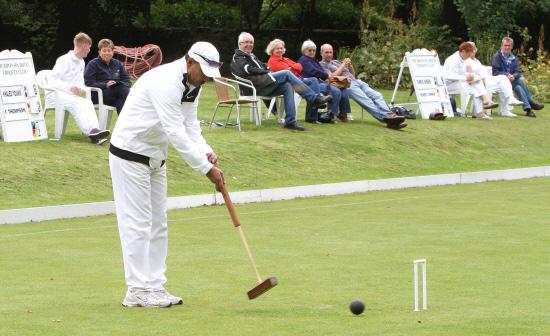
Also, we couldn’t leave out this amusing anecdote:
“Many of the guests who attended the ball stayed at the Grand. Sam Mottau tells the story of one guest, a member of the Legislative Council with a limited knowledge of English who, when asked to reply to the toast “To the Guests” said: “Your Excellency, Ladies and Gentlemen, I have attended many balls, but I must say that I have always observed that Your Excellency’s Balls are the biggest.”
The next time you visit Nuwara Eliya, make an effort to check out the Grand Hotel, too. Not only is it a landmark too important to miss, but few things compare to the feeling of being transported back in time that the Grand Hotel incites.
Featured image courtesy mapio.net



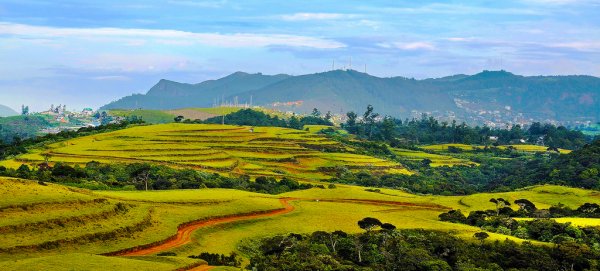
.jpg?w=600)
.jpg?w=600)
